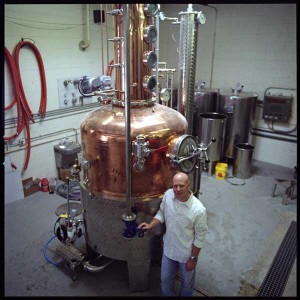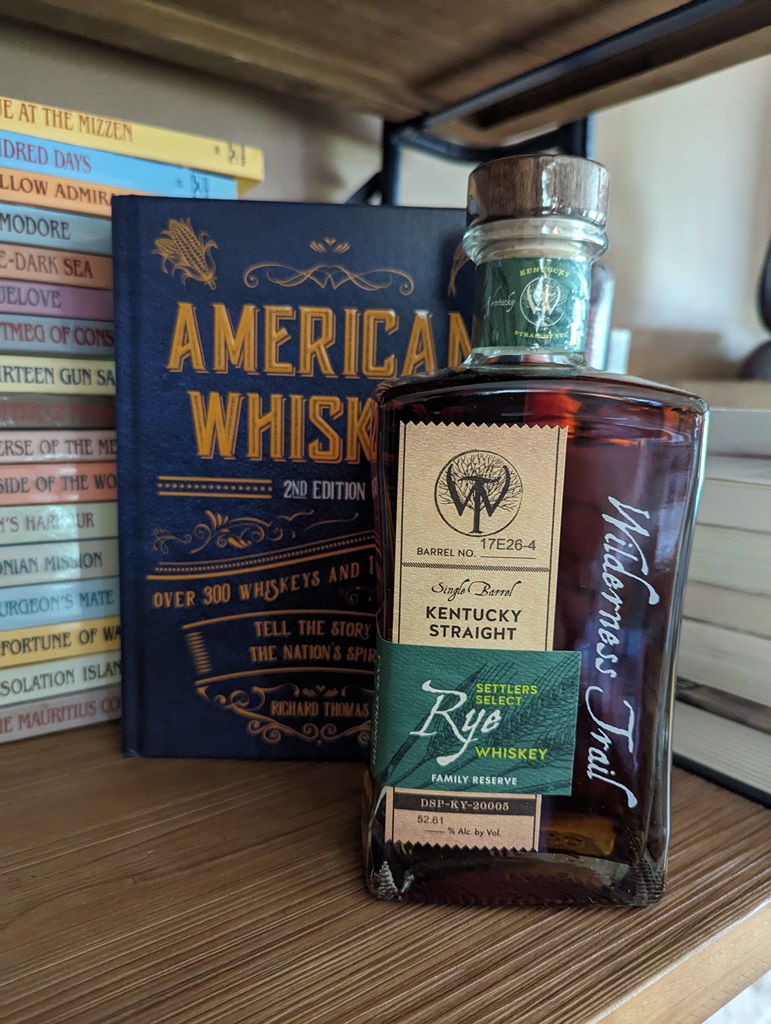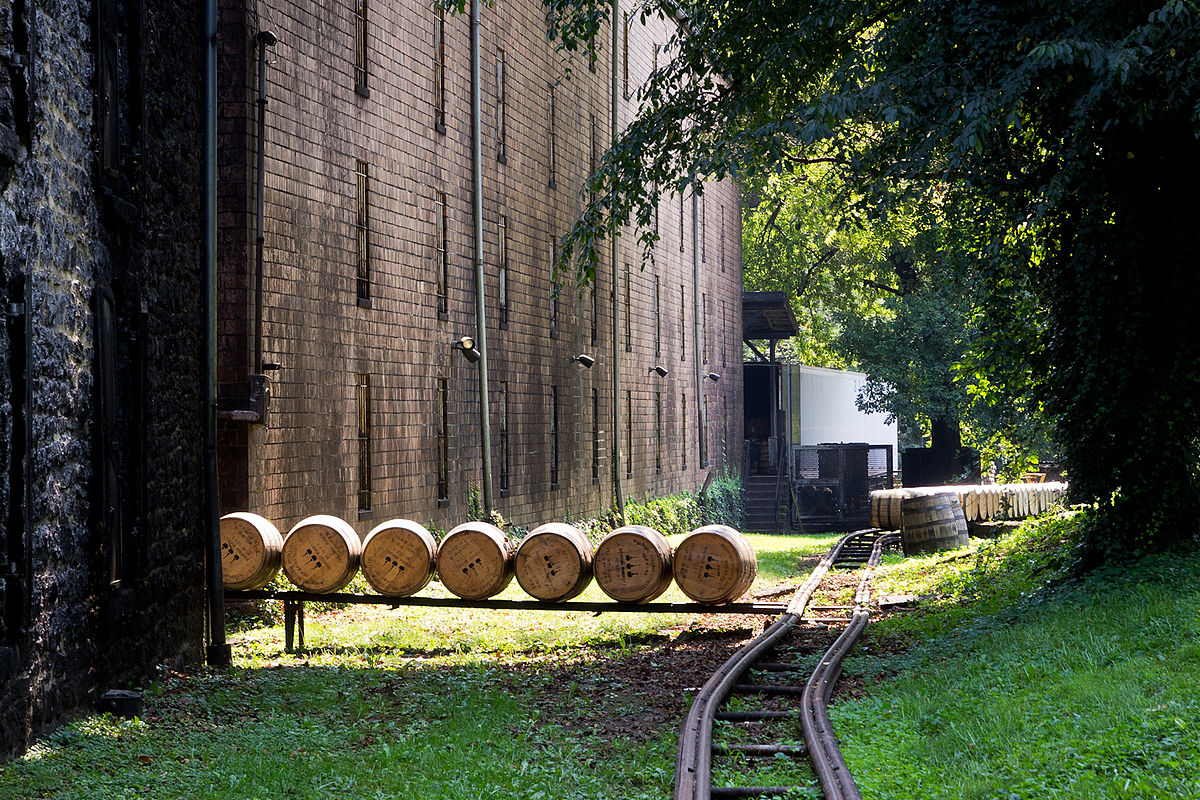By Richard Thomas

(Credit: Wikimedia Commons)
Although whiskey’s big players are topping the sales charts and raking in the cash, the signature feature of the ongoing world whiskey boom is the rise of its international craft sector. Small and medium-sized companies have sprouted up all over the world, from Argentina to Israel to Taiwan. While the United States has the busiest craft whiskey scene by far, with hundreds of companies in operation, craft whiskey is as globalized as the rising thirst for the drink itself.
Last month I speculated on the future of the whiskey boom, predicting that while the industry should experience a sharp drop in sales when the actual fad for whiskey comes to an end, the boom will have attracted and retained plenty of new and regular drinkers. Barring an unforeseeable wild card event, a major collapse that leaves the big players holding an empty bag on their eight- and nine-figure investments is unlikely.
Yet that only covers the big and perhaps the medium-sized whiskey companies. Most craft whiskey companies, with their smaller markets and lesser resources, are a different matter. When I dwell on what might become of all the new, small whiskey distillers, I see the following factors in play:

getting the glory
(Credit: Ranger Creek)
- New businesses are prone to failure. In the United States roughly half of all new business fail within the first five years. Given that no one really starts a distillery thinking only one or two years ahead, as if it were a cafe, the five year time frame seems most applicable to craft whiskey outfits. Otherwise the failure rate could be as high as 80%.
Running a successful small business requires a lot of savvy and a lot of luck. A company needs a competitive product, to find its market, to have the sales skills to cultivate that market, and the administrative skills to run a tight ship. Even in a boom time when general trends are focusing people more and more on small, local producers, in the long run a hefty chunk of the craft whiskey companies starting up today won’t be around several years from now, due to simple Business 101 logic. - Diversification might not help. Many micro-distilleries seem as or more focused on being bars, tourist attractions or events spaces than actually making booze, and more than a few make whiskey and/or vodka, rum and gin. Remember when it seemed every decent town had a brewpub or three opening up during the craft beer boom? Some have made it and some have not.
Diversification only really works when all roles are done well and all roles find their market niche, and often the effort to do more than one big thing at a time results in doing none of them well. Thus a craft distiller who makes multiple alcohol types and runs a full-service bar might multiply rather than reduce his problems. - Leadership can go awry. Without taking sides or speculating, the dispute between Balcones founder Chip Tate and his investors and the arrests and later ouster of Chattanooga Whiskey co-found Joe Ledbetter show how a company can get things right at first, only to run off the rails later.
- Buy-outs will lead to consolidation. This is already happening, most notably when William Grant & Sons bought Tuthilltown. As more and more craft whiskey companies are bought up and traded like baseball cards among venture capitalists and bigger companies, expect to see plenty of consolidation as several new, but firmly established brands wind up under a single roof. The result might even be the creation of one or two new medium-sized companies.
- Current events matter. Think about how the drought of 2012 or the current Ukraine crisis sent corn prices soaring or about the temporary shortage in new oak barrels currently bedeviling so many small American whiskey companies (and making Scotch whisky-makers and others who use spent bourbon barrels a little nervous). The whiskey industry isn’t in its own microcosm, and as the new oak barrel shortage demonstrates, small whiskey companies often feel the shock of unforeseen events far more than the big boys.
Conversely, small whiskey companies with limited or no exports don’t need to worry about a foreign country seizing their assets, as Russia is threatening to do to Jack Daniel’s and Jameson. - Craft whiskey companies outside the United States usually have it even worse than their American counterparts. Not always and not in every way, but overall a small whiskey company in Europe or South America has it much tougher than their U.S.-based counterparts.
If Americans understood how friendly their country is to entrepreneurs and why, they would tar and feather any politician who dared suggest the tightening bankruptcy laws. Most other countries now in the whiskey business have credit and bankruptcy regimes that make the serial, small entrepreneurship practically impossible, and in European countries the labor laws are often hostile to new small businesses too. A more restrictive business climate makes it both harder to start a small whiskey company and harder for that company to survive.
These factors and more dictate a harsher future for the craft whiskey sector than what waits for their larger peers. Internationally, I expect an entire country or two to be swept out of the whiskey industry when the fad aspect of the boom ends and sales slump. Even so, at least some of the newcomers to the world whiskey picture will remain, permanently expanding whiskey-making out of the traditional five countries of Canada, Ireland, Japan, the U.K. and the U.S.
As for the U.S. specifically, according to the American Distilling Institute there are more than 670 active distilleries there, with more under development. Not all make whiskey, but most do. I expect fewer than half of the end total will still be in operation several years down the road. Some of the failures and some of the major success stories will defy prediction and surprise us all.
Yet after its all said and done, America will have still have a sector of small and medium-sized whiskey producers unlike anything it has seen since before Prohibition. In other words, at the end of the day the craft whiskey craze might bring America back to where it would have always been, had it not been for history’s most misguided social engineering experiment.





I guess it’s a bit like wineries and micro-breweries. Some were/are destined to fail, some scratch out a little local niche for themselves, and some grow into regional or national companies.
When I read what the mainstream press says about this, it’s very negative. It’s like they expect 95% of the craft distillers to flop. More like they WISH 95% would flop.